They say music turns hard life into poetry, so what does that say about motorcycle design? Where do metal, rubber, gas, melody, and emotion intersect in the face of a century of world wars, financial collapse, transportation, and economic growth?
According to the International Council of Design, regardless of the application, designers follow methodology and a set of fundamental notions, which inform their approach. Designers also strive to ‘do more with less,’ and they maximize economy (of materials, of investment, of energy, etc.) through creativity and ingenuity.
Celebrating and analyzing 100 years of BMW Motorrad design, one can argue that its hall of fame includes Max Friz, Bob Lutz, Paul Bracq, Hans Muth, Karl Heinz Gerlinger, Laszlo Peres, Karl Heinz Abe, Dr. Herbert Diess, David Robb, Hendrik von Kuenheim, Edgar Heinrich, Ola Stenegärd, Markus Poschner, Stefan Zeit, Roland Stocker, Rudolf Schneider, Markus Lederer, and Rainer Beaumel, among others. The list includes CEOs, engineers, designers, and department heads. This is a snapshot of their contributions, highlighted by the historic models they produced.
Max Friz
In 1923, aeronautical designer Max Friz gifted the world his transverse flat-twin boxer engine. Was Friz influenced by Bauhaus founder Walter Gropius’ attempts to unify individual artistic vision with the principles of mass production and emphasis on function?
With the development of its first light alloy cylinder head, a more significant "across the frame" version of the boxer engine previously designed by Friz and his team debuted on BMW’s R 32 at the 1923 Paris Auto Show, using the new aluminum alloy cylinders. Friz designed a 486cc, 29.7 cubic-inch engine with a top speed of 59–62 mph from 8.5 horsepower, setting the Bayerische Motoren Werke on its 100-year run. The R 32 also started the tradition of shaft drive, which was used on all BMW motorcycles until 1994.
Bob Lutz | Paul Bracq | Hans-Gunther von der Marwitz | Hans Muth
Decades of slowly refined variations of the R32 kept BMW rolling, but the entry of Japanese manufacturers in the 1960s meant a change was necessary, starting with a move away from the once-vaunted Earles forks to a return to the sophisticated telescopic design BMW propagated with the R12 in 1935. Management lured Hans-Gunther von der Marwitz from Porsche and gave him the job of re-inventing the boxer twins, leading to the “slash” series of BMW boxers: /5, /6, and /7s. His basic design was so good it was still found in the last “airhead” BMWs sold as late as 1996.
By the mid ‘70s, Hans Muth brought a design department approach to give us the mighty R 90 S, a light and torquey 900cc racer dressed in Silver Smoke or Daytona Orange, and the world’s first ‘superbike’.
“After almost 50 years, the BMW boxer was due for a generational change,” Muth said. “Previously rather unemotional in appearance, it represented functionally reasonable objectivity in black and white double pinstriping. It needed a recognizable change toward more emotional aesthetics.”
Karl Heinz Gerlinger | Laszlo Peres | Rüdiger Gutsche
In the late `70s, Karl Heinz Gerlinger, then in charge of BMW Motorrad, was given an ultimatum: do something fast to make the failing motorcycle department profitable or shut it down.
BMW motorcycle testing engineer Laszlo Peres adored his G/S 800, which emerged from the BMW testing department in late 1977. The department had built privately ordered, close-to-series enduro conversions. These models showed that the boxer concept possessed off-road capability not shared by other large-capacity rivals. The R 80 G/S was developed for BMW by engineer Rüdiger Gutsche, a successful competitor in the International Six Days Trial on his R75/5-based enduro machine.
Gerlinger green lit a production version of the BMW R 80 G/S, and in the fall of 1979 the bike was presented to the public. It’s now considered the world’s first adventure bike, white with the three colors of BMW’s M racing program: blue from the Bavarian flag, red from BMW’s early Texaco racing partnerships, and purple—the color you get when the two brands mix.
“Part of the solution came from within the walls of the development department, where a BMW enduro quietly took shape,” Gerlinger said. “A boxer with a single-sided swing arm – what a wonderful new creation! However, the sense of excitement was tempered by a host of questions. Can boxers really ‘fly’? Is it possible to present such a large motorcycle to customers – credibly – as an enduro?”
The R 80 G/S had a top speed of 104 mph and included a modified rear end with mono-shock, Monolever single-sided swingarm shaving off 4 pounds, rear 18-inch alloy rim with a redesigned rear hub held together by three lug nuts for easier maintenance, disc brakes, and dual-purpose Metzeler tires with a highway speed rating of 110 mph.
Hendrik von Kuenheim | Ola Stenegärd | Torsten Dauner | Edgar Heinrich | Roland Stocker | Thrass Papadimitriou | Harry Schmidt
“The original idea for the R nineT came from Edgar Heinrich after I took him to Norrtalje (a custom bike show in Sweden) and was worked on by Torsten Dauner and me back in 2005,” Stenegärd explained in 2017. “Torsten finished off the concept called ‘Loride’ while I moved on to the S 1000 RR. But it ended up in the basement until von Kuehnheim became CEO. Karl Pongratz worked in pre-development and helped me build the first prototypes.
“Then we dusted it off and showed it at EICMA in 2008. This is the time Edgar left so now I became design manager. I loved the bike so I started pushing to take it to production. Kuenheim loved it and backed me. Still took five years of internal lobbying before finally having a business case. Once I got Roland Stocker positioned as project leader, it all took off.
“But the designer taking it into production in 2010 was Harry Schmidt,” Stenegärd added. “He worked on my team. It takes a lot of peeps to get projects going. My credit was definitely getting it made and never giving up on it. Then making sure it stayed pure to our vision; Harry was the hands-on guy for the derivatives, too.
“The original sketch that still pops up sometimes has Dauner’s name on it as it should. But it was a different concept. It was based on the HP2 enduro and the idea was a very exclusive bike. When I took over I based it on the R 1200 R and made it accessible, a ‘people’s’ bike.” It was also fully customizable, a first for the Bavarian manufacturer.
Many have said the R NineT brought a level of modern sophistication and cool to Motorrad. Von Kuenheim put his whole career on the line backing the bike. He took a huge risk: his entire board didn’t believe in it; no one did. Bean counters were hoping to sell 4,000 bikes.
Ten thousand were sold the first year, with 10,000 more the following. Ten years later 106,000 R nineTs grace asphalt around the world, a testament to von Kuenheim’s unwavering dedication and devotion to Motorrad.
Markus Poschner | Stefan Zeit | Ola Stenegärd | Ralph Schwickerath | Thrass Papadimitriou
Markus Poschner was known as “the Bavarian Baba” around BMW Motorrad, working on everything from the K1 to the RR. So why did BMW make the first S 1000 RR? The red mist of competition was formed with dollar signs, and leadership wanted to compete in and win the Superbike World Championship (WorldSBK), the world’s premier racing class for “production” motorcycles.
With the G/S platform bankrolling the bottom line for decades, the idea of high-power sport bikes wasn’t top of mind at BMW. Why enter the sportbike market at all? According to Hendrik von Kuenheim, the then second-generation president of BMW Motorrad, it was partly a business decision.
“Some 85,000 1000cc sportbikes are sold per year worldwide, and we want to gain a foothold in that segment,” he told the press. BMW’s goal was to get a 10 percent market share, mostly through gleaning share from the dominant participants, which is why BMW chose WorldSBK and not MotoGP. Poschner – BMW’s General Manager for the K and S series platforms at the time – said BMW chose to enter WorldSBK “… because it is the same bike racing that you can buy.”
Project leader of the BMW S 1000 RR, Stefan Zeit, recalled: “When I started at BMW, I had an interview with Markus, and he asked me, ‘What should BMW do next?’ I told him a sportbike, and he said, ‘No, BMW will never do this!'”
Poschner himself was a sportbike fan, though. He confessed that he had always dreamed of these bikes since starting at BMW, even though he didn’t think BMW would go in this direction. So Zeit still got the job, and Poschner himself oversaw the S 1000 RR project as General Manager of the new S platform.
The result? The team introduced the 450-lb (wet) bike with 193 hp at the Monza racing circuit in 2009, BMW’s first with a straight-four power unit.
“Markus was a supersport guy through and through and as he rose through the ranks he got closer and closer to realize his dream,” explained Stenegärd, who was the S 1000 RR’s sole principal designer. “Every bike he managed got a little bit sportier. Like the K1300S and R. And the six cylinders. And finally he convinced the board and CEO that it was time to go Superbike. It was also a strategic move to take more shares in the USA. Back then (late 2000s) it was still a very heavy RR market. And BMW didn’t want to go the cruiser route to conquer the American market.
“He drove it. It was his vision to be better than the Japanese, way better. He aimed very high. And totally understood the game,” Stenegärd added. “I came off the HP2 Sport so Poschner also wanted me. For BMW entering Superbike was extremely pivotal! This is the bike that forever took BMW away from the ‘pipe and slipper’ image. I was so lucky to be picked out to work on it. Was a dream come true.”
The popular S 1000 RR is in its fifth generation, a reflection of what Zeit and Poschner’s gut instincts knew to be true in 2007.
Reinhard Eberle | Thrass Papadimitriou | Ola Stenegärd | Roland Stocker | Ronna & Benna Noren
By 2015, leadership decided to re-enter the lucrative cruiser market (after the R 1200 C from the late `90s failed to catch on). Stenegärd’s dream was to build a modern machine based on the 1936 R 5, a true stripped-down bobber with panache. He sketched out his idea and commissioned Sweden’s Unique Custom Cycle shop of Ronna and Benna Noren to build the R 5 Hommage, unveiled at the 2016 Concorso d’Eleganza Villa d’Este.
Under the watchful eye of Reinhard Eberle, Stenegärd, Papadimitriou and Stocker created Heritage House, a separate building with an office, workshop, and dealer showroom concept. It was Stenegärd’s dream to build a concept vehicle based on an old Motorrad power plant, first ever in the industry.
R 18 production concepts were unveiled in 2020, right as the Covid-19 pandemic began. The 1800cc bike comes with a double-loop tubular steel frame, exposed propshaft and spoked wheels. The rear wheel is guided by a cantilever rear swingarm, whose bearings and spring/damper unit are concealed to give the impression of a rigid frame without rear suspension. Dealers began receiving the R 18 baggers in the fall of 2020. The design team developed six models and aftermarket components for customization, much like the successful R nineT.
—
“My biggest contribution was headhunting experienced top talent from other competitor OEMs like KTM, Ducati, and Suzuki, etc., as well as the top school for moto designers which happens to be in France,” Stenegärd explained to me from his private workshop in Gotland, an island off the coast of Sweden, just before he left BMW.
“When I look back, my crowning achievement at Motorrad will have been restructuring design to be able to handle Hendrik von Kuenheim’s vision. Finding the right talent (a mix of old and young) and getting them to play together as a team. I made the older, experienced BMW team managers accompany the young and it all clicked. The tones got played in the right order. We were fucking jamming! We became Led Zeppelin.”

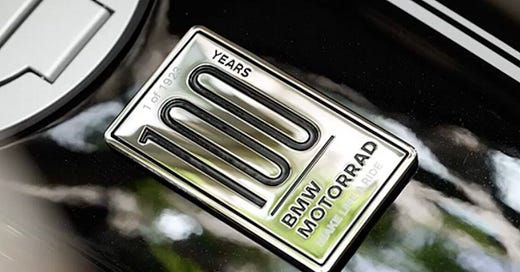



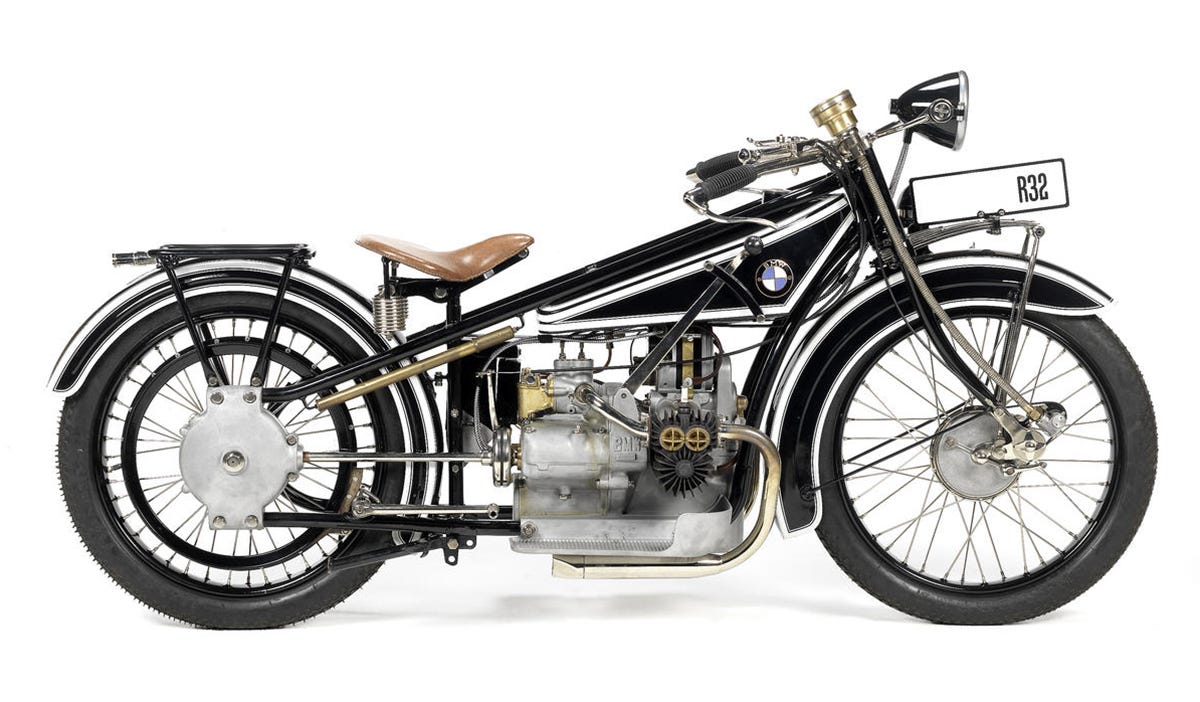
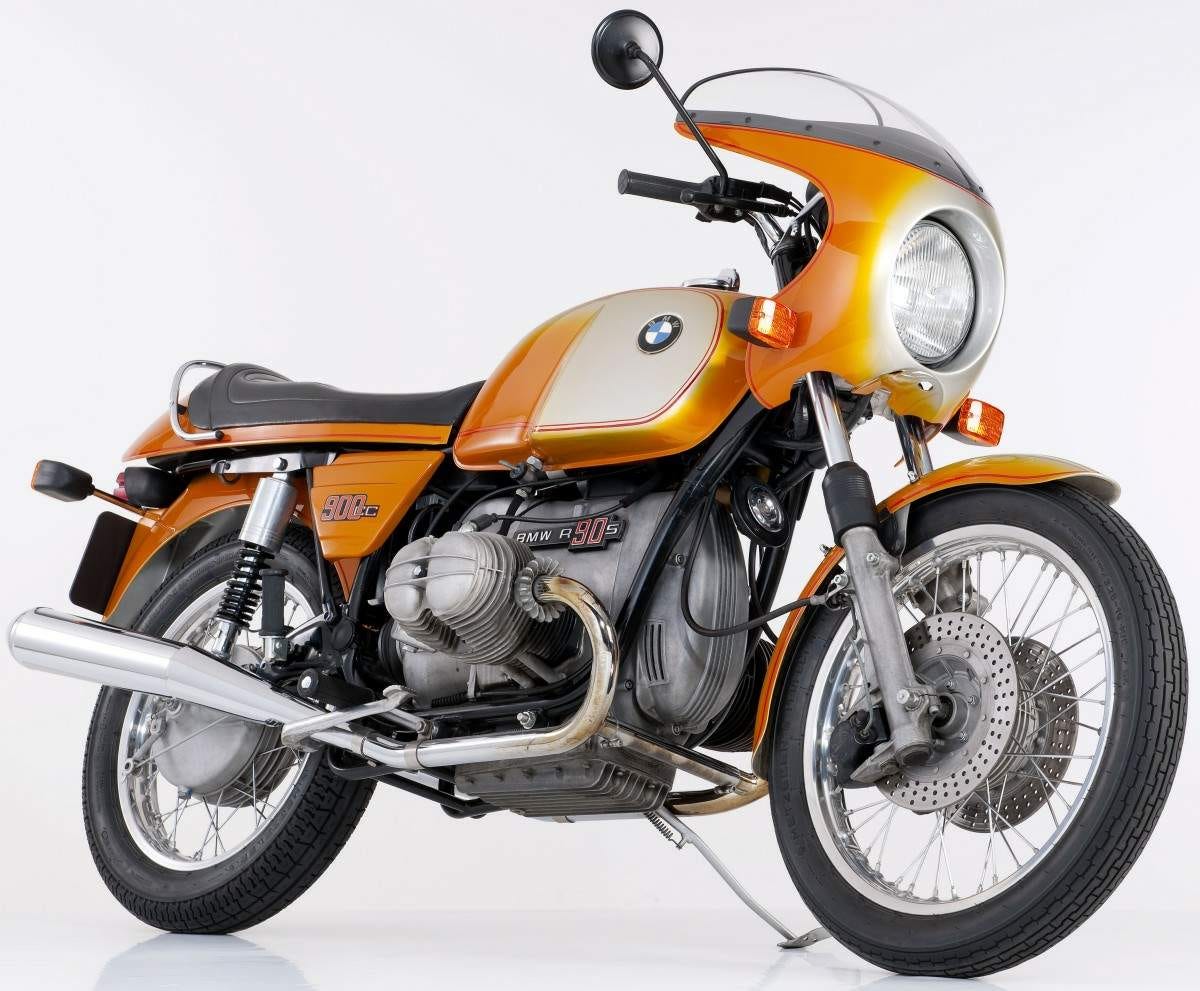
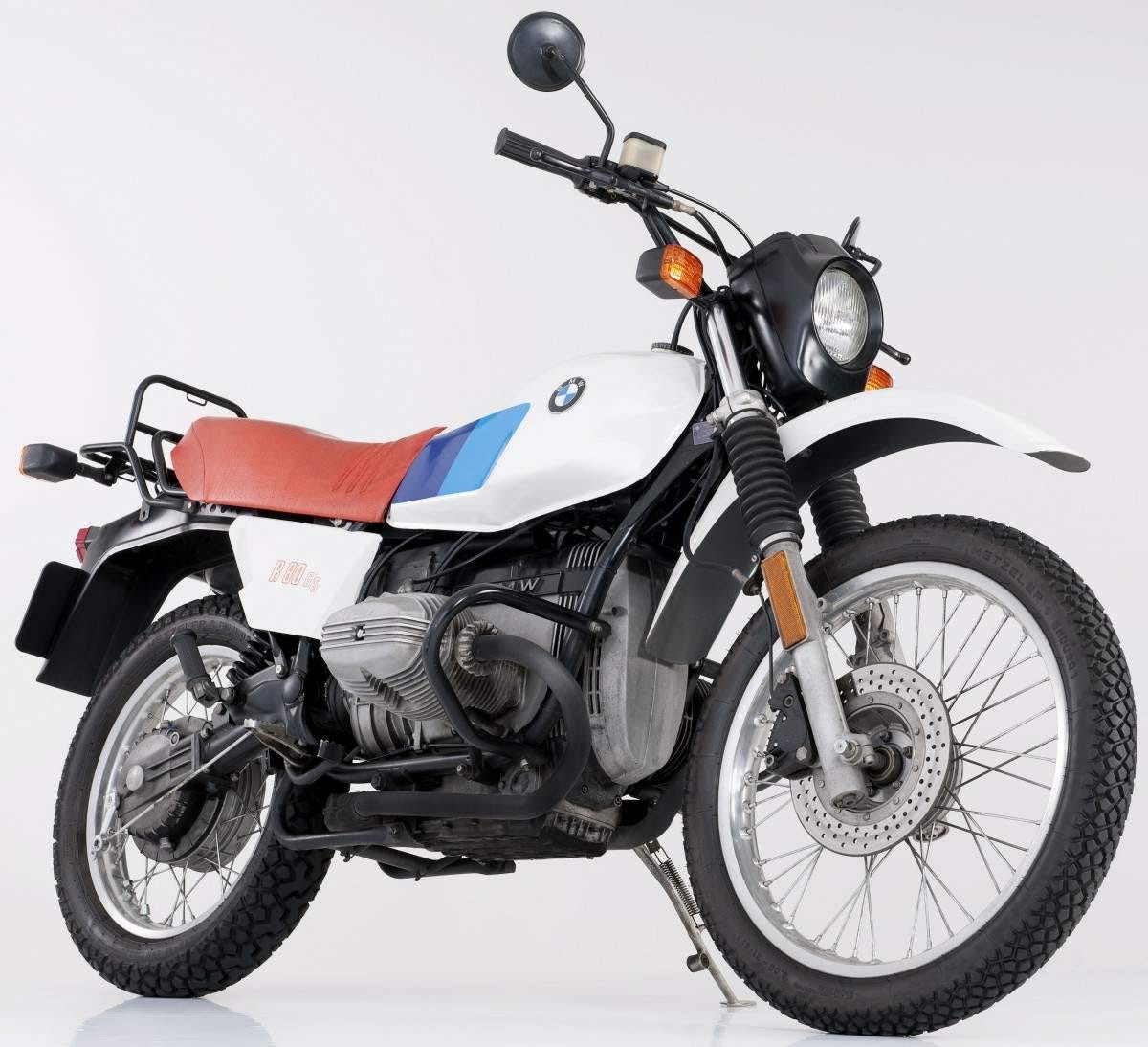
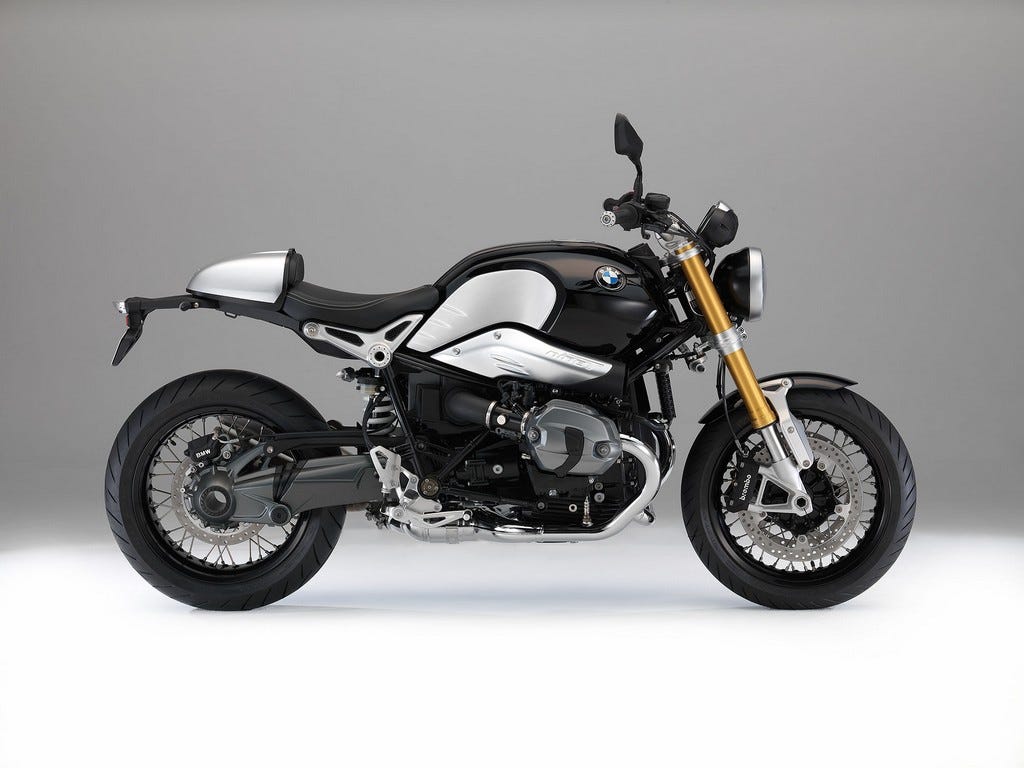
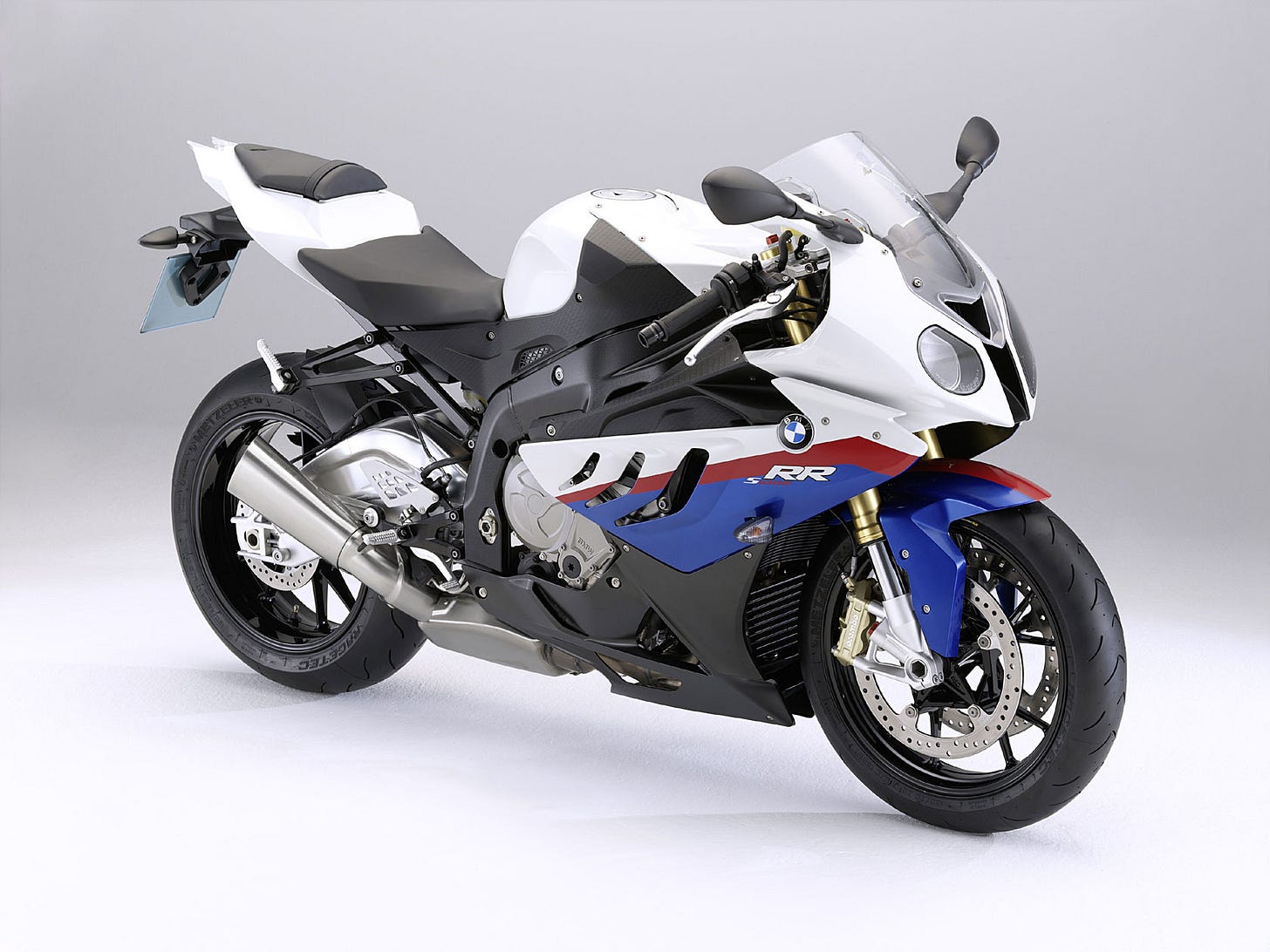
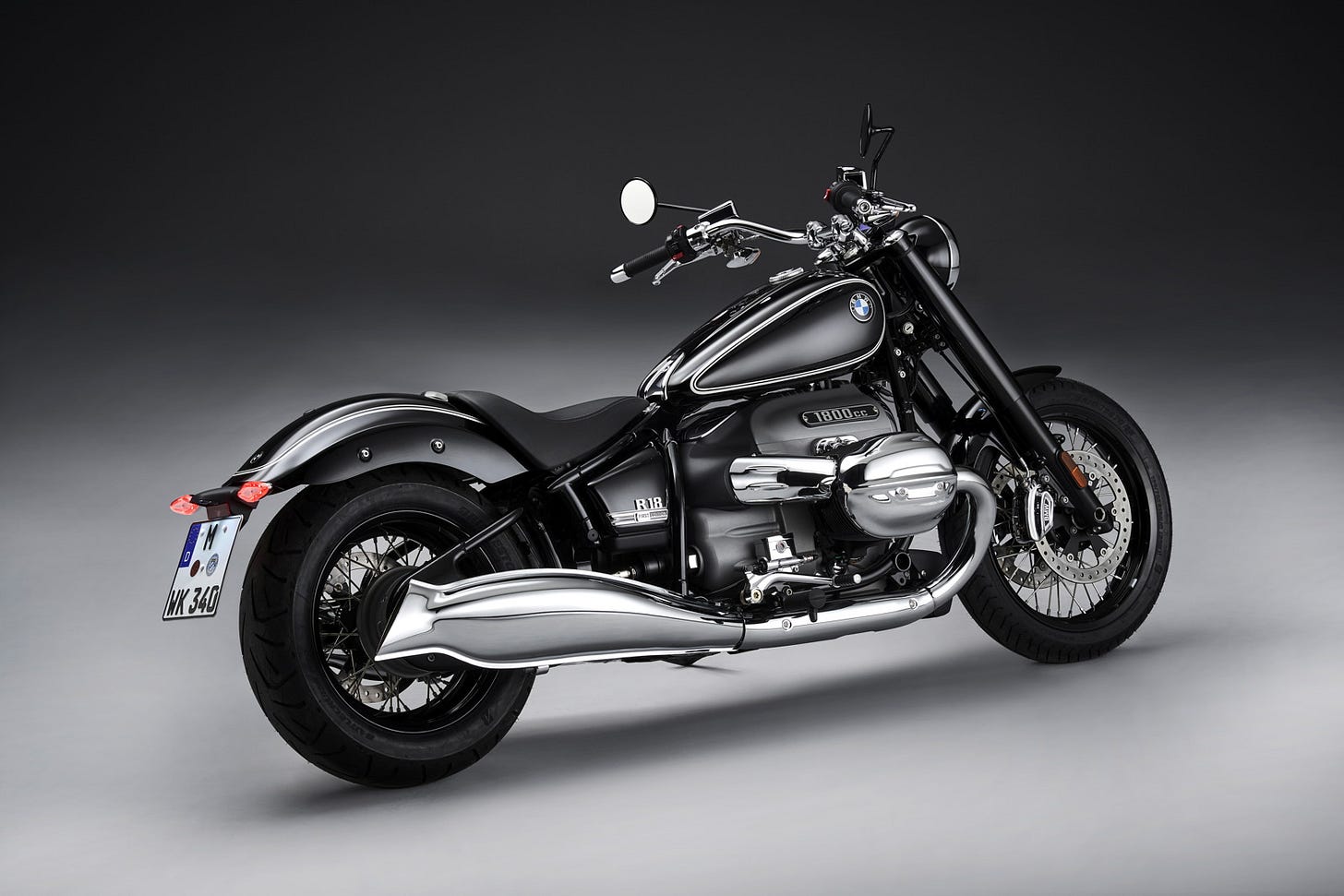
David Robb took quite a lot of risks, most fully realized in the F650CS, a super-practical, low maintenance, ideal commuter bike. Selling mine is one of my life’s biggest regrets. It was an ideal purpose-built bike with some strange styling choices that doomed it to a microscopic production run. I truly miss it.